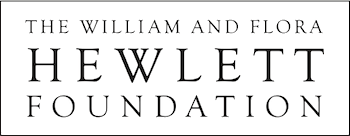Browse Activities
Stern Gerlach clicker questions

- Stern Gerlach clicker questions.pdf - 58 kB
- Stern Gerlach clicker questions.ppt - 293 kB
| Title | Stern Gerlach clicker questions |
| Description | These lecture notes include concept questions on the basic ideas of the Stern Gerlach experiment. The powerpoint includes animations of various experiments, which can be supplemented by demonstrating the same experiments with the Stern Gerlach simulation. These questions could also be used as homework, asking students to use the simulation to confirm their answers. These questions were developed for use in a sophomore level modern physics course. For more details about the course, please see: http://per.colorado.edu/modern. Please email phethelp@colorado.edu if you are a teacher and would like a solution key. |
| Subject | Physics |
| Level | Undergrad - Advanced, Undergrad - Intro |
| Type | Concept Questions |
| Duration | 30 minutes |
| Answers Included | No |
| Language | English |
| Keywords | Stern Gerlach experiment, magnets, phet activity, spin |
| Simulation(s) | Stern-Gerlach Experiment |
| Author(s) | Sam McKagan, Kathy Perkins, Carl Wieman, and Noah Finkelstein |
| Contact Email | sam.mckagan@gmail.com |
| School / Organization | University of Colorado |
| Date submitted | 9/26/07 |
| Date updated | 1/9/11 |
Comments
I would introduce two changes before I use this activity in my class:
1. Assuming that +y is "to the right", to denote the magnetic field in the +x direction, I would use the circle and dot symbols ("out of the screen") and display the field gradient as a spatial variation of the density of these symbols.
2. As soon as the circles (electrons) enter the field region, I would cause an "up" or "down" ("into" or "out of" if the field is along x) arrow magically to appear to denote the collapse of the spin to one or the other of the eigenstates. The arrows should be kept as the electrons are sent through the second or third Stern-Gerlach to indicate that the particles are in a "prepared" state.
kevork spartalian
7/9/09





